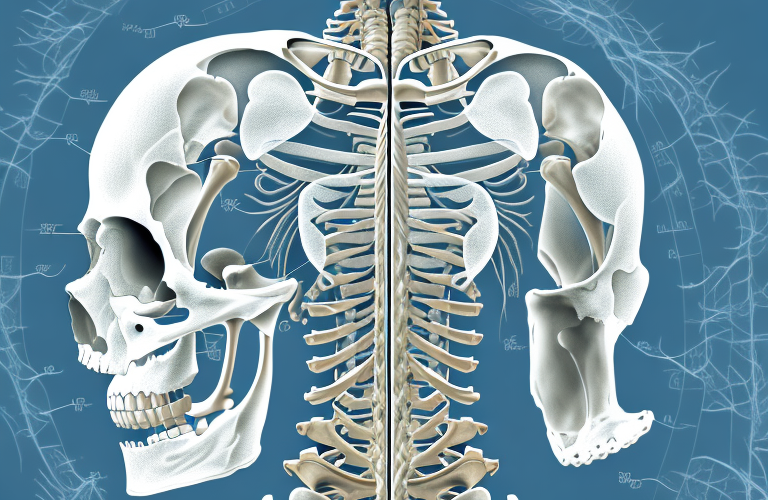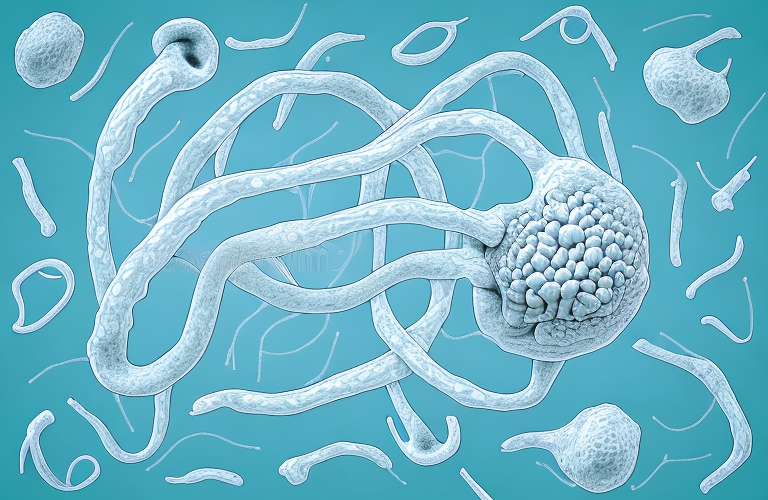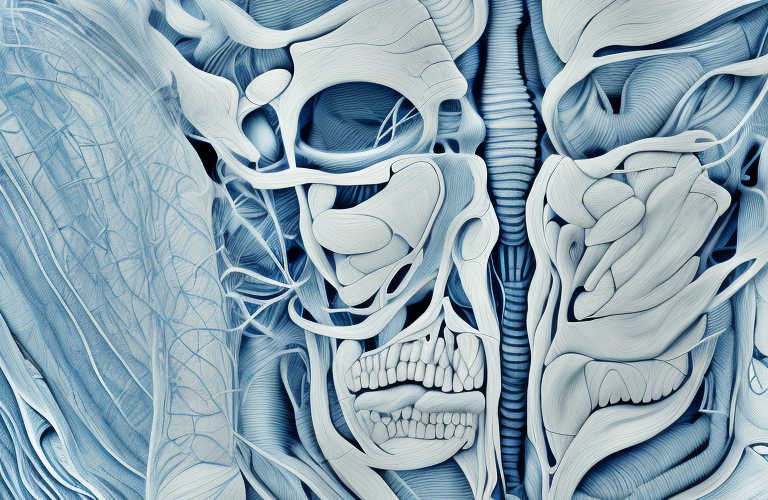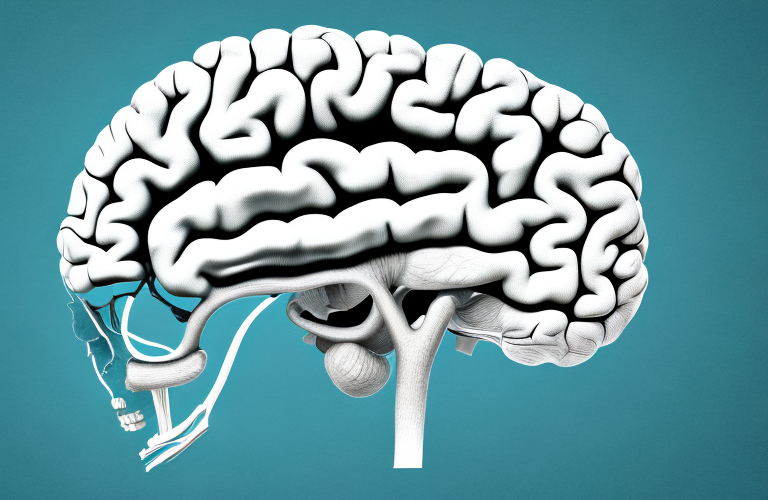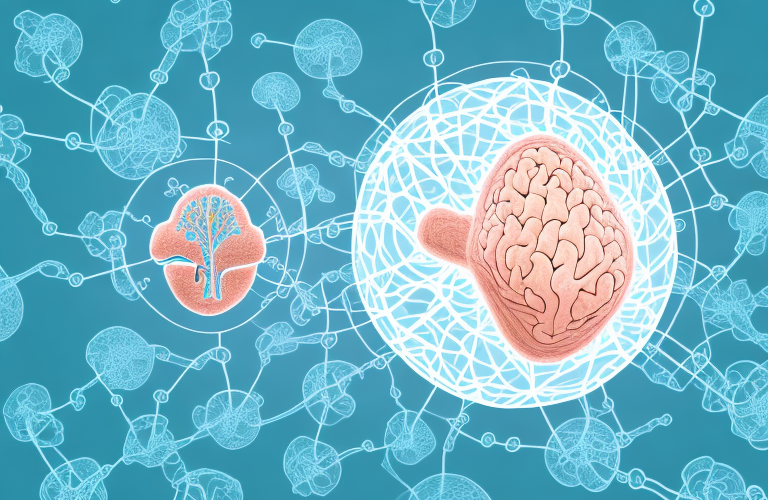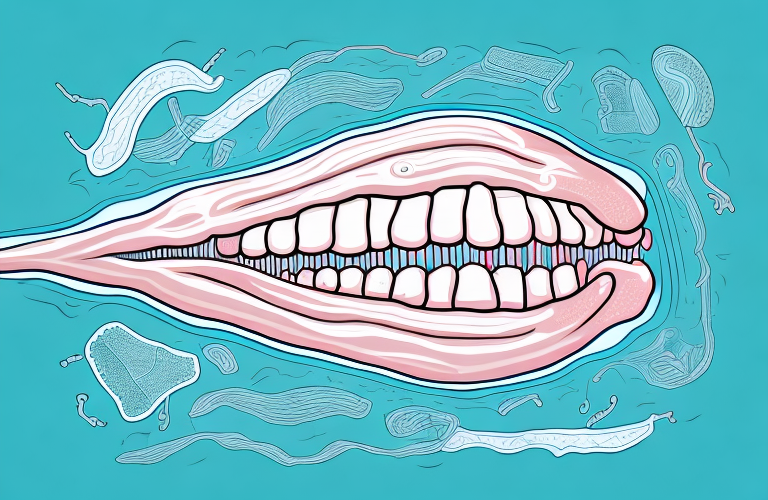
Interstitium: Function, Anatomy And More
The interstitium is a newly discovered organ in the human body, and its role in maintaining homeostasis has been gaining much attention in the scientific community. In this article, we will delve into the basics of interstitium, its anatomy, function, and associated medical conditions.Understanding the Basics of InterstitiumThe interstitium is a network of fluid-filled spaces that exist between cells and tissues in the body. Previously, it was thought to be just a connective tissue layer, but recent research has shown that it is an independent organ system. This network is present throughout the body and helps transport fluids and cells…

